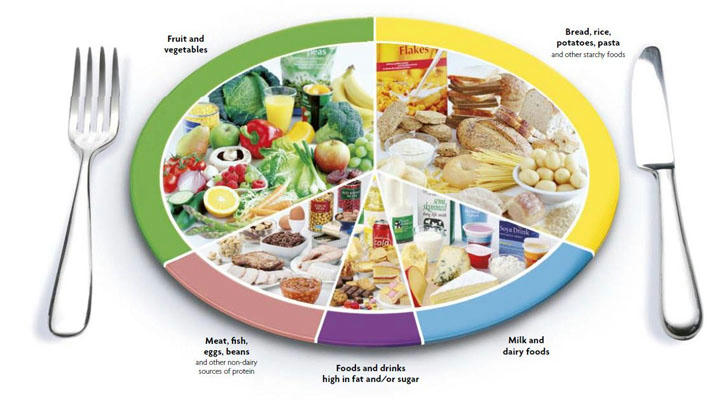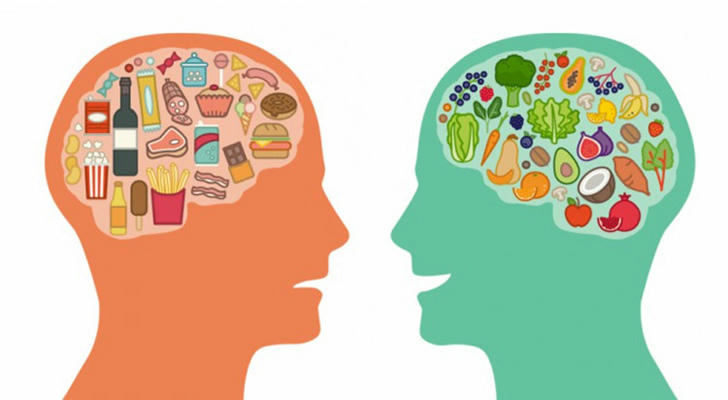Embracing Healthy Eating: A Global Guide to Balanced Nutrition 🌟
Healthy eating is a cornerstone of overall well-being, playing a crucial role in maintaining physical health, boosting mental clarity, and enhancing quality of life 🌈. A balanced diet provides the body with the necessary nutrients to function optimally, supporting growth, repair, and energy production 💪. In today's fast-paced world, where convenience often trumps nutrition, it is essential to prioritize healthy eating habits 🕒.

Principles of Balanced Nutrition
A balanced diet is built on several key principles:
•Variety 🌈: Incorporating a wide range of foods ensures that the body receives all necessary nutrients. This includes fruits, vegetables, whole grains, lean proteins, and healthy fats 🥗.
•Moderation 📊: Consuming foods in moderation helps maintain a healthy weight and reduces the risk of chronic diseases 🚫.
•Hydration 💧: Adequate water intake is vital for digestion, circulation, and overall health 💦.
•Mindful Eating 🍴: Paying attention to hunger and fullness cues can help develop healthier eating habits 🤝.
Key Components of a Healthy Diet
Fruits and Vegetables 🌟
These foods are rich in vitamins, minerals, and antioxidants, which help protect against chronic diseases like heart disease and certain cancers 🌿. Aim for a variety of colors on your plate to ensure a broad spectrum of nutrients 🎨. For example, leafy greens like spinach and kale are packed with iron and calcium, while berries are high in antioxidants 🥗.
Whole Grains 🍞
Whole grains, such as brown rice, quinoa, and whole wheat bread, provide fiber, vitamins, and minerals. They support digestive health and help manage blood sugar levels 🍚. Whole grains can also help reduce the risk of heart disease and certain cancers 🌾.
Lean Proteins 🐟
Lean proteins, including poultry, fish, beans, and lentils, are essential for muscle growth and repair. Choose options that are low in saturated fats and added sugars 🥗. For instance, salmon is rich in omega-3 fatty acids, which support heart health 🐟.
Healthy Fats 🥑
Nuts, seeds, avocados, and olive oil are rich in healthy fats, which support heart health and provide sustained energy 💪. Avocados, for example, are a good source of monounsaturated fats, while almonds offer a boost of vitamin E 🥑.

Tips for Implementing Healthy Eating Habits
Implementing healthy eating habits can be straightforward with a few simple strategies:
•Meal Planning 📅: Plan meals in advance to avoid last-minute unhealthy choices 📝. Consider using a meal planning app or creating a weekly menu board 📊.
•Grocery Shopping 🛍️: Focus on purchasing whole foods rather than processed items 🚫. Shop the perimeter of the grocery store, where fresh produce and meats are typically located 🛍️.
•Cooking at Home 🍳: Preparing meals at home allows for better control over ingredients and portion sizes 👩🍳. Try new recipes or experiment with different cuisines to keep meals interesting 🌍.
•Mindful Snacking 🍿: Choose snacks that are nutrient-dense, such as fruits or nuts, to curb hunger between meals 🍎.
Overcoming Challenges in Healthy Eating
Despite the benefits of healthy eating, several challenges may arise:
•Time Constraints 🕒: Busy schedules can make it difficult to prepare healthy meals. Consider meal prep or quick, nutritious options like salads or stir-fries 🥗.
•Financial Constraints 💸: Prioritize affordable whole foods like beans, lentils, and frozen vegetables to stay within budget 📈. Buying in bulk and planning meals around seasonal produce can also help reduce costs 🌾.
•Cultural and Social Pressures 🤝: Engage in conversations about healthy eating with family and friends to build a supportive network 👫. Share recipes and cooking tips to encourage others to adopt healthier habits 📱.
To make healthy eating more engaging, consider exploring different cuisines and recipes 🌍. This can add variety to your meals and make them more enjoyable 🍴. Additionally, involving family members in meal planning and preparation can foster a sense of teamwork and shared responsibility 👪. For instance, having children help with meal prep can teach them valuable cooking skills and encourage them to try new foods 🍳.
The Impact of Healthy Eating on Mental Health
Incorporating healthy eating habits into daily life can also have a positive impact on mental health 🧠. A balanced diet supports cognitive function and mood stability, helping individuals manage stress and anxiety more effectively 🌱. Foods rich in omega-3 fatty acids, such as salmon and walnuts, have been shown to support brain health and reduce symptoms of depression 🐟. Furthermore, adopting healthy eating habits can inspire others to do the same, creating a ripple effect of wellness in communities worldwide 🌎.

Conclusion
Embracing healthy eating is a journey that requires commitment but offers numerous rewards 🌟. By understanding the principles of balanced nutrition and incorporating a variety of whole foods into daily meals, individuals can significantly improve their health and well-being 🌈. Healthy eating is not just about personal health; it also contributes to a more sustainable food system and supports environmental health 🌿. By making informed choices at the grocery store and in the kitchen, individuals can take the first step towards a healthier, happier life 🌟. As more people adopt healthy eating habits, the collective impact on public health and the environment will be profound, fostering a brighter future for generations to come 🌟.
